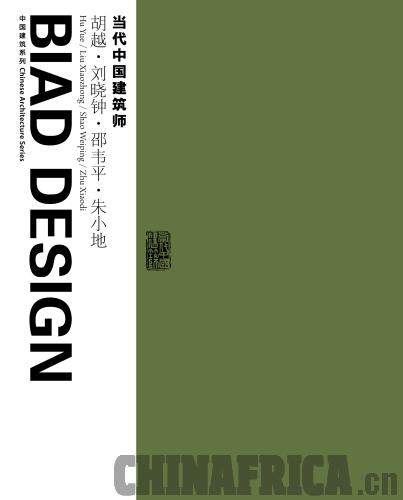| 
Chinese architects born in the 1960s are both lucky and unlucky, commented Shao Weiping, Executive Chief Architect at Beijing Institute of Architectural Design (BIAD). As they have approached their 50s, many have become the country's heavyweights in architectural design. But they seem to have mixed feelings about their generation of architects.
China stands as a huge stage for architectural designers to demonstrate their talents, attracting great attention from both Chinese and foreign designers.
According to Martin Hagel, a German architect based in Shanghai, China is a Mecca for architects around the world since the building scale in China is incredible.
Chinese architects born in the 1960s are lucky because they seized unprecedented learning opportunities. For instance, Hu Yue, BIAD's chief architect, after he graduated from university at the age of 24, got the chance to help design the stadium of Beijing Asian Games of 1990, and learn from the architectural master and academician Ma Guoxin. In his early 30s, he was in charge of designing Beijing International Finance Building along Chang'an Avenue.
Despite the criticism that China has become a testing ground for foreign designers, cooperation with the world's top designers has given Chinese architects the golden opportunity to learn the latest design ideas and technologies. This is what designers who studied abroad cannot have.
The construction of Beijing Capital International Airport Terminal 3 has given the team headed by Shao Weiping the opportunity to work with top companies in airport construction such as Netherlands Airport Consultants B.V., Foster & Partner and Arup Group Limited. What they learned from this project has heavily influenced their designs of the Phoenix International Media Center, which is currently under construction. The design and technologies of the Center are of international standard, and its nonlinear curvaceous structure breaks out of the traditional construction mold. Thus the Center has been selected as world's top 10 cultural buildings in 2011 by the world's leading design website designboom.com.
However, Chinese architects born in the 1960s are also "unlucky" in the sense that they no longer have the complete authority their predecessors had in an era in which there were few architects and design institutions, and the architectural design industry was completely a seller's market.
In terms of professional training, although they have solid basic knowledge and skills, they did not have access to the latest design information.
The book titled Chinese Contemporary Architectural Designers tells the stories of four chief architects at BIAD: Hu Yue, Liu Xiaozhong, Shao Weiping and Zhu Xiaodi. It was published by New World Press in April 2012.
Founded in 1949, BIAD is a large state-owned architectural design institution, and many landmark buildings in Beijing were designed by architects at BIAD. The four characters in the book began working at this institute after they graduated from universities. Through interviews, writer Sun Yong'an depicted how Chinese architects, BIAD and China's architectural design industry grew and developed in the last three decades.
In the book, the four architects talked about the common difficulties and problems facing Chinese architects of the 1960s generation, such as how to be innovative in the Western architectural design system, demonstrate local elements in modern architecture, understand preservation of ancient cities, demonstrate the concept of environmental protection in design and look at the traditional Chinese concept of fengshui. Through analyzing specific cases, the architects uncovered unknown details of the design and construction of landmark buildings, including Beijing Capital International Airport Terminal 3, Sinking Garden of the Olympic Park, China National Petroleum Corp. Headquarters Building, Hangzhou Olympic Sports Center and Phoenix International Media Center.
Born and living in the age of great changes, Chinese architects straddle a line where many worlds converge: They have to learn the Western architectural design system, insist or compromise between developers and clients, work between the Chinese Government and foreigner cooperation partners and face the competition of foreign designers.
After facing all kinds of conflicts and contradictions, they have gradually gained their own insights about the essence and methodology of architecture. These insights make them set very demanding standards for their design work.
Architectural design is not only about technical things; it also involves culture and ideas. Although Chinese architects can already compete with foreign designers in terms of capability, it's still not an easy job to bridge the gap between Chinese and foreign architecture on the whole in a short time. Yet, there's still hope, because after all, Chinese designers are now standing on a broader stage than their predecessors, with greater diversity in their perspectives and knowledge.
The book Chinese Contemporary Architectural Designers was published in both Chinese and English, with hundreds of pictures, renderings and detailed drawings of the major design works by the four architects.
(The author is a veteran editor) |